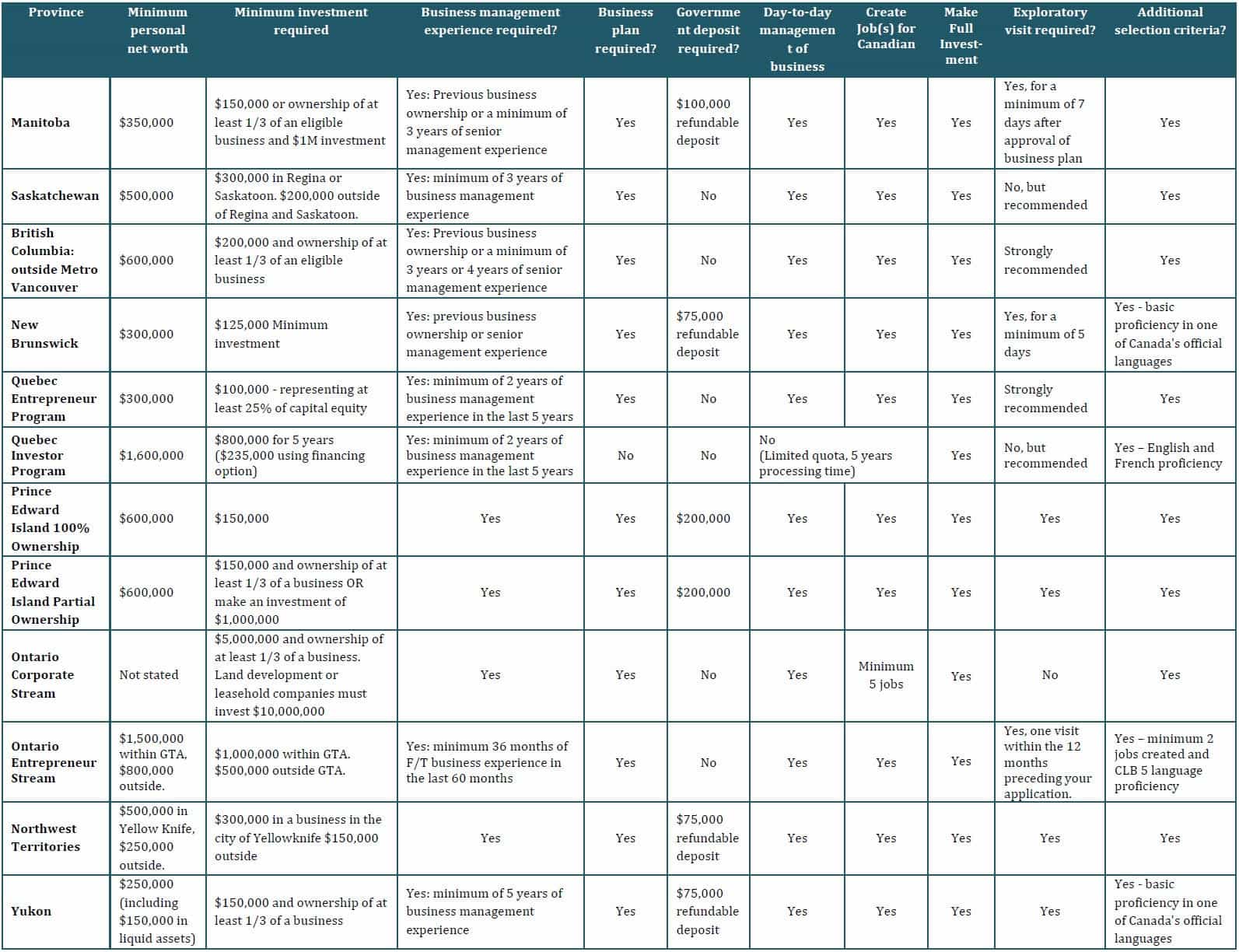What travel history do I have to disclose in my Canadian citizenship application?
When applying for Canadian citizenship through naturalization, you will need to detail your travel history and any immigration statuses you have held—not just for the past five years, but for your entire life.
Failure to provide a complete and accurate travel history can result in delays or complications to your citizenship application.
The need to include a lifelong travel history, rather than only travel history as an adult or in the five or ten years preceding your application, has been confirmed in recent correspondence between immigration lawyers and Immigration, Refugees and Citizenship Canada (IRCC).
Schedule a Free Canadian Citizenship Consultation with the Cohen Immigration
Law Firm
While travel history includes any country you have visited, immigration status is similarly thorough, spanning the range of statuses from visitor to citizen in another country.
Applicants must enter this information when prompted under question 13 of the Application for Canadian Citizenship (CIT 002) form if applying on paper, or when prompted in their application when applying online.
How detailed does my travel history disclosure have to be?
Through correspondence via the immigration representative’s mailbox, IRCC has affirmed that travel history and immigration status disclosure must cover all countries/territories visited since birth—even if the applicant was only present in a country or territory for a few hours.
This disclosure must include a start and end date to your travel and the immigration status you held.
For instance, if you visited a country for a layover on your way to your destination, and remained there for a few hours, this would also have to be disclosed as part of your travel history. In this case, the entry and exit dates would likely be on the same day.
While some applicants may mistake immigration status to mean longer-term authorizations, such as study or work permits, the requirement also includes disclosure of visitor status.
In the above example, in which a person only visited a country for a few hours as part of a layover, they would likely disclose their status as “visitor” in their application. This would also apply to countries/territories visited as a tourist.
IRCC’s application form also gives applicants the opportunity to include “other” statuses. Once this option is chosen from the dropdown menu, you can enter your status with greater specificity, allowing you to disclose any statuses that may not be readily available from the drop-down.
What methods can I use to ensure that my travel history is complete?
Though going over your entire travel history since birth can certainly seem tedious, there are different methods that you can use to help you consolidate and record a complete travel history for your citizenship application.
Review current and past passports
Consider examining all your current and expired passports.
Passport stamps are often an easily accessible record of entry and exit dates. Keep in mind that many countries may not stamp on exit, so it may be more helpful to use these stamps as a reference rather than the sole source of truth.
Check your email for eTA confirmations
If you hold a passport from a country with many visa exemptions, you will instead have to apply for electronic travel authorizations (eTAs) during your travels.
Confirmations for eTAs are usually sent by email. Searching your inbox for terms like “eTA,” “eTA approval,” or even the country’s name can reveal records of past visits.
If you’re unsure which email address you may have been sent the eTA from (since these vary by country), you can check the official government website of that country to determine which email address they may have used to send your eTA confirmation from.
Use travel itineraries and airline bookings
Reviewing old booking confirmations and airline itineraries—which often contain the exact dates of travel—can be an excellent resource when recording your travel history.
These can be an especially useful source of information since airline itineraries and travel plans also include layovers, which may be missed in other references.
If you’ve used the same airline frequently, you may even be able to access archived travel history through your online account.
Other online accounts, such as hotel portals or Airbnb accounts, can similarly help you determine when you arrived and left a location, and how long you stayed there.
Double-check social media posts and photos
Reviewing photos and posts on platforms like Facebook, Instagram, or X can help jog your memory about trips you might otherwise overlook. Since posts on all platforms also have dates attached, they can help give you a better idea of entry and exit times.
Other photos (whether on your phone, online cloud storage, or from physical prints and photo albums) can be used similarly as an aid to jog your memory, or as a corroborating record of your travels.
Review credit card and bank statements
Credit card information and bank statements can also help you track and record your travels.
You may find it useful to keep an eye out for larger transactions in your statements, where you may have converted cash into local currency, or transactions to your hotel, resort, or Airbnb, as a marker for when a trip started.
Schedule a Free Canadian Citizenship Consultation with the Cohen Immigration
Law Firm















